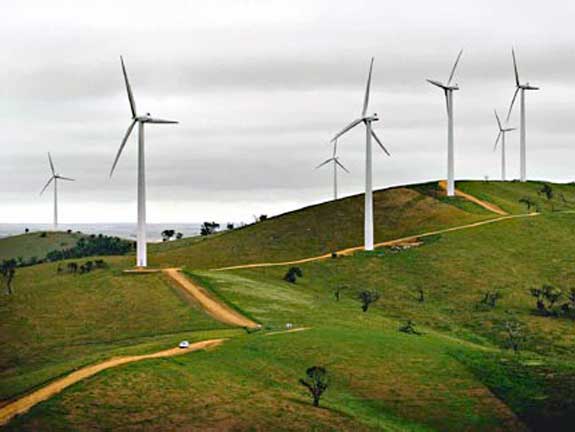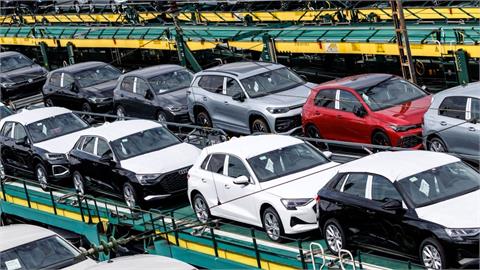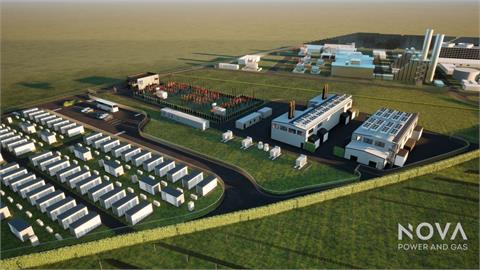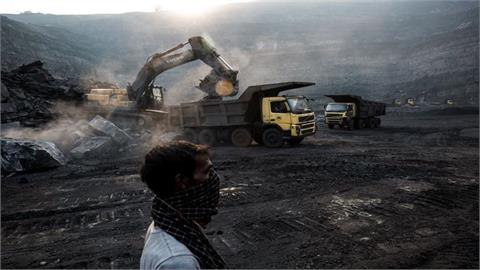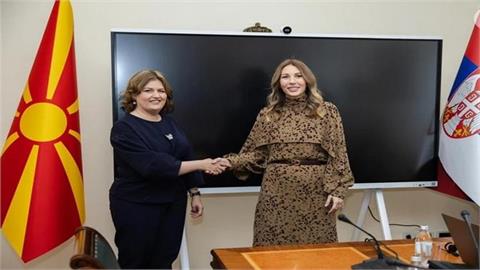There was another very good lesson in Europe on how to lose investors and alienate developers of renewable energy projects. It goes something like this: follow months of uncertainty about the future of your support scheme with retroactive changes that impact the revenues of existing projects. Wash it down with further plans to cut the support available for future projects. And then watch investors flee
There was another very good lesson in Europe on how to lose investors and alienate developers of renewable energy projects. It goes something like this: follow months of uncertainty about the future of your support scheme with retroactive changes that impact the revenues of existing projects. Wash it down with further plans to cut the support available for future projects. And then watch investors flee.
The country in question was Romania. In early April, the government published a draft decree that would halve the support awarded to existing wind power generation - from some 1.8GW of capacity - under the country's green certificate scheme, from July. Incentives would also be docked for solar and small hydro projects.
The regulator, ANRE, also proposed
cutting support for new projects from next year. But it is the retroactive
changes - drastically lowering the returns that investors anticipated when they
committed to the project - that hurt the most.
The impact was instantaneous. Czech utility CEZ, which owns the 600MW Fantanele
wind farm, Romania's
largest, told our colleagues at Bloomberg Newsthat they will focus further investment on Poland. The company had already scaled
back plans for 1,000MW of further capacity in Romania to 300MW, citing policy
uncertainty over the past few months.
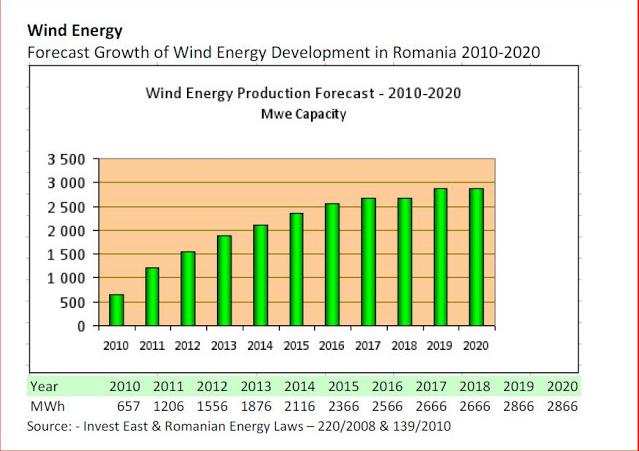
If the government's plans go through, Romania will join an inauspicious club of European countries - Spain, Greece, Bulgaria and the Czech Republic - that have already implemented retroactive cuts to incentives in the renewables sector. Several others have proposed or attempted them.
The reform in Romania is supposed to be a temporary freeze, with the foregone green certificates reinstated in four or five years' time depending on the state of the market. "We decided to grant this time-out to see how the economy is doing and how investors recover their investment in a certain period of time," Energy Minister Constantin Nita said.
But the harm has already been done. "Romania's credibility has been reduced to zero," said Markus Vrieling, chief executive officer of RESbroker International, a wind and solar project broker. He added that several clients have already cancelled or frozen hundreds of millions of euros of investments. And when investors can be coaxed back, the increased perception of risk will translate into a higher cost of capital and thus, potentially, higher overall costs for the country concerned.
The problem in this case was overgenerous incentives that fed a sudden boom and pushed up energy bills. Romania had the highest levelised tariff for onshore wind in the EU last year, resulting in over 920MW of capacity being installed in 2012 alone. We knew it was only a matter of time before that market imploded, and forecast much lower long-term returns on the basis that the support level was unsustainable.
These lessons could have been learned by now. In 2010, the Czech Republic passed a law imposing retroactive taxes of 26 per cent on the revenue from solar plants after a boom that took the country's installed capacity above 1.9GW in 2010, adding pressure to electricity prices.
Other markets that have pulled the rug from underneath existing investments have also been influenced by wider economic difficulties. Greece passed new taxes of up to 30 per cent on the revenues of solar generators in November 2012 as part of a new round of austerity measures. Spain followed up boom-killing adjustments for solar in 2011 with a tax on the revenues of all power generators, renewables included, this year. It also targeted renewables specifically in February 2013, by reducing the inflation rate for feed-in tariffs and removing the option of a market premium, which offered higher returns.
Bulgaria, meanwhile, has felt the impact of renewable generation not just on consumer bills but on the stability of its power system as a whole. The country's regulator introduced new transmission payments, effectively constituting retroactive feed-in tariff cuts of up to 39 per cent, to pay for "difficulties in integrating renewable power supply" as it struggles with oversupply. Last week, Bulgaria's grid operator curtailed all wind and solar generation from two utilities, while the energy minister said up to 40 per cent of wind and solar capacity could be temporarily disconnected.
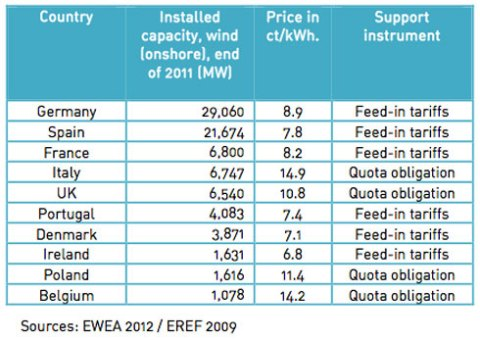
Policy makers can lower the risks through better design of support measures. As Europe has been the test bed of clean energy policy, as well as the risks that accompany it, so too it is the region pioneering solutions. For a start, as the penetration of intermittent renewable generation grows, incentives are being geared more towards integration into power markets.
Meanwhile, competitive price discovery through auctions and tenders is on the rise - in Italy, the Netherlands and, eventually, the UK, as well as France and Denmark, which have used them for longer. This will help to avoid overcompensation as technology costs come down.
Also for that purpose, France, Germany and the UK have introduced degression mechanisms, at least for their solar feed-in tariffs, offering a degree of visibility about when and how much tariffs for future projects will be cut, based on the capacity installed in a prior period. This allows support levels to map technology cost reductions, and also reduces the chance that governments will step in with more drastic action later. Israel has gone a step further by tagging its feed-in tariff in part to Bloomberg New Energy Finance's solar price indexes.
But degression is no panacea: even Germany, in a February 2013 plan, mooted a one-off 1.5 per cent retroactive cut for existing projects (ie, commissioned before August) next year only. That is far less severe than those elsewhere but far from welcomed. Chancellor Angela Merkel appears to have killed the idea, to reassure investors, but discussions continue.
The UK has had its fair share of policy uncertainty over banding levels for Renewables Obligation Certificates and the entire electricity market reform process - but is yet to experience its uglier incarnation in the form of retroactive changes. The government did attempt to slip one through over its solar tariffs towards the end of 2011, but one court defeat and two failed appeals later, its record remains intact.
Another cost control measure in the UK is helping to reduce political risk. The levy control framework, an overall cap on the amount that can be added to consumer bills to pay for clean energy projects, was brought in as part of the government's spending review in 2010. It helps reassure investors that the UK will not be taken unawares by spiraling commitments and renege on them. It could become a tool to offer still more transparency.
If these lessons can be learned through smarter policy design, we may not see the retroactive cut club grow too much bigger. But for now it looks like getting a new member in Romania - and the region's stalwart Germany may also be waiting in the wings for a small cameo.
By Nico Tyabji,
Bloomberg (April 10, 2013)
